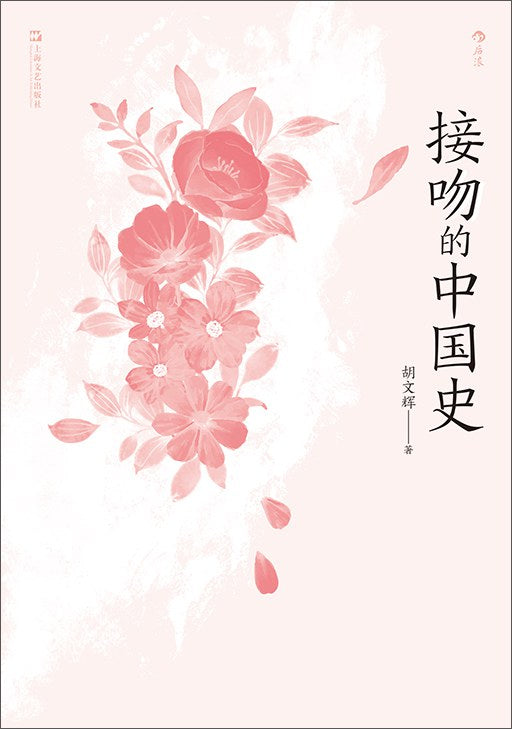WULOLIFE
《接吻的中国史》作者: 胡文辉 出版社: 上海文艺出版社
《接吻的中国史》作者: 胡文辉 出版社: 上海文艺出版社
Couldn't load pickup availability
Description
内容简介· · · · · ·
谁说古代中国人不接吻?
在刻石、绘画、诗词、小说之中寻觅实证。
一本有趣味的中国接吻文化小史,
有闻必录,积少成多,一夕解惑!
👄 编辑推荐 👄
◎谁说古代中国人不接吻?在刻石、绘画、诗词、小说之中寻觅实证
接吻是一桩无数人都在做的小事。有人认为中国人的接吻只是受到西方的影响,古代中国人并不接吻。作者却不这么看,他从先秦古书、出土文献中寻觅证据,在汉墓画像石中找出图案,探讨闺房私密的卿卿我我,剖析中古骈俪的宏大制作,又于诗词、散曲、小说、笔记中一一拈出例证……这一切足以说明,中国人对于接吻虽然不那么热衷、那么高调,但我们也自有中国人的“吻的文化史”。
◎有闻必录,填补空白,有趣味的中国接吻文化小史
相比于接吻现象在日常中的司空见惯,接吻问题却是学术边缘中的边缘。国外关于接吻的著作本就不多,专门讨论中国人接吻问题的论著更是几近空白。本书特意将“中国人的接吻”作为文化史问题进行探讨,做了史料性的实证研究,作者随时留意,有闻必录,积少成多,充分搜集了材料并略作论述,态度严谨地写成这本有趣味的中国接吻文化小史,填补了学术空白。
◎有理有据有真相,揭开面纱,一夕解惑!
古代中国人的接吻行为一直蒙着神秘色彩。就以古时形容接吻的语词为例,便有“呴”“呜”“接唇” “亲嘴”“做个吕字”等数十种之多,有的颇不容易立刻索解,但一经作者排比论述、揭开面纱,则奥妙一目了然。在述史之余,作者将《易经》咸卦的“咸其辅颊舌”考订为接吻,诠释托名屠隆谜语词中的情事,指出《韩非子》中的“含杜若”是为清除口臭,这些研究成果都颇含创见,足为读者解开疑惑。
◎特别补充叙述:维护口腔卫生的中国史
在现实中,接吻这桩浪漫的小事需要建立于良好的口腔卫生基础上。讨论接吻的中国史,也就需要同时梳理出口腔卫生的中国史。古代中国人如何维持口气清新、解决口臭问题?漱口、剔牙、揩齿,杨枝、牙刷、牙签,含香、香茶、去口臭方……手段之丰富,很可能超乎今日读者的想象。这也是由“接吻的中国史”所旁逸斜出、妙趣横生的另一个角度了。
👄 内容简介 👄
接吻虽是一桩小事,却是一桩无数人都在做的小事。接吻问题只是学术边缘中的边缘,国外关于接吻的著作本就不多,专门讨论中国人接吻问题的论著更是几近空白。但古代中国人之于接吻,虽不及西方人那么热衷、那么高调,却绝对不是不存在的,中国人自有中国人的“吻的文化史”。本书将中国人的接吻作为文化史问题进行探讨,做了史料性的实证研究。作者随时留意,有闻必录,积久成多,独立搜集了大多数材料并略作论述,写成这本有趣味的中国接吻文化小史。
